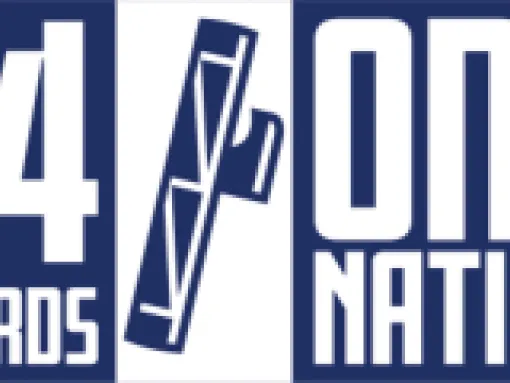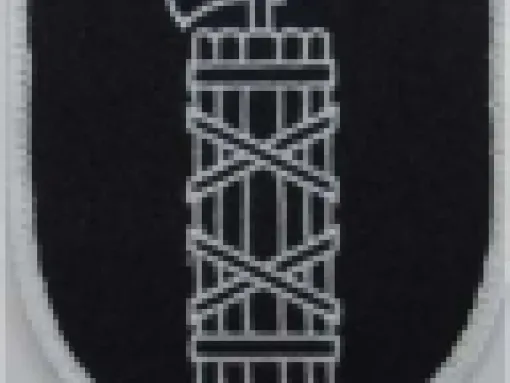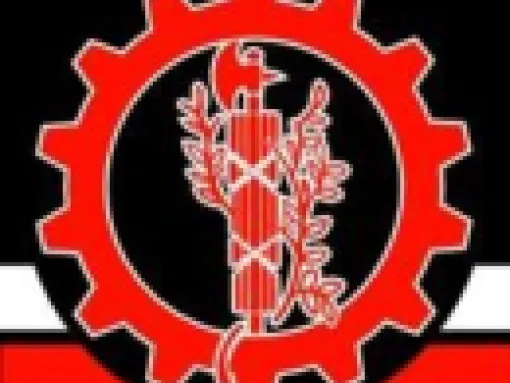Fasces are bound bundles of sticks or rods into which an axe is inserted or to which an axe is tied. The symbol dates to ancient Rome, whose leaders used it as a symbol of authority and power. This symbolism long survived the Roman Republic and Roman Empire, becoming an element of heraldry as well as a symbol of governmental authority.
The United States draws a considerable amount of its own symbology from classical antiquity, including the fasces, which has been used as a symbol by military units, government agencies, and even the House of Representatives. For many years, the fasces appeared on the so-called Mercury dime.
However, the fasces came to be associated with right-wing extremism in the early 20th century when it was adopted by Benito Mussolini for his fascist movement (the term “fascism” itself is derived from the word “fasces”). The fasces became the most well-known symbol of fascist Italy, and thus of fascism itself.
In the decades after World War II, many Nazi symbols were adopted by American neo-Nazis, but the fasces did not experience the same popularity, although occasionally American extremists of Italian descent displayed the flag of the Italian Social Republic (RSI), the puppet government created by the Nazis in northern Italy with Mussolini at its head during the period 1943-45. One of the flags of the RSI combined the traditional Italian flag of the Kingdom of Italy with an eagle grasping a fasces.
Beginning in the late 2000s, more American white supremacists turned to the fasces as a symbol, possibly because it did not have the strong negative connotations of the swastika and because extremists could defend their use of the fasces by pointing to its role in the symbology of the U.S. government.
White supremacist groups such as Youth for Western Civilization, Southern White Alliance, Vanguard America, Patriot Front and the National Socialist Movement have all used the fasces as part of their group logos at various times.
Additional Images















